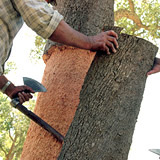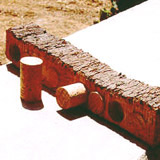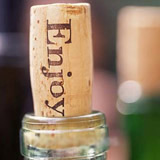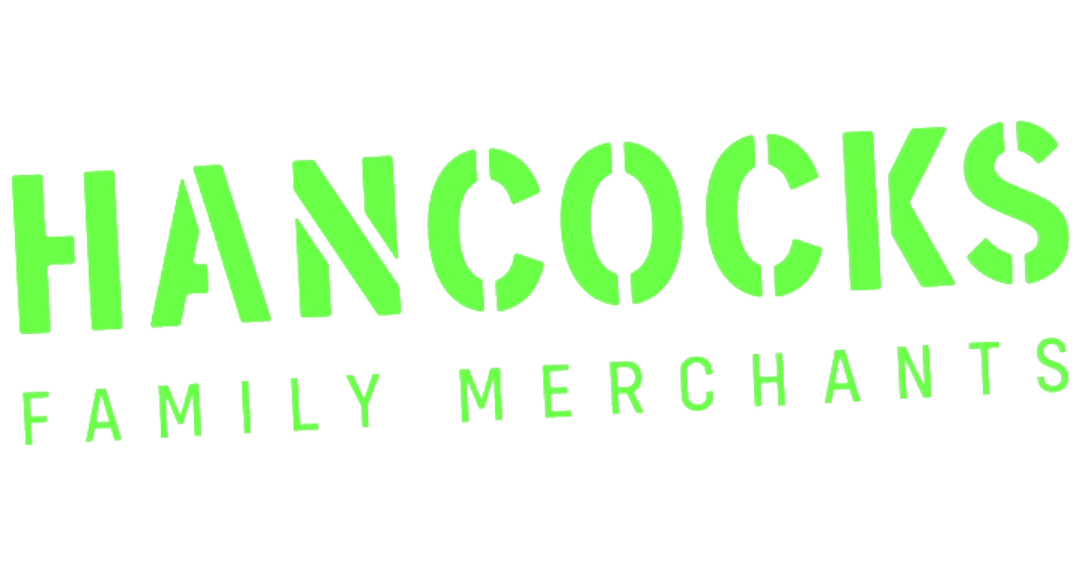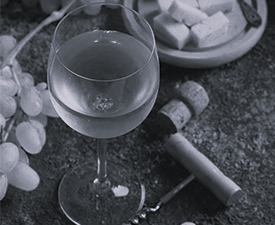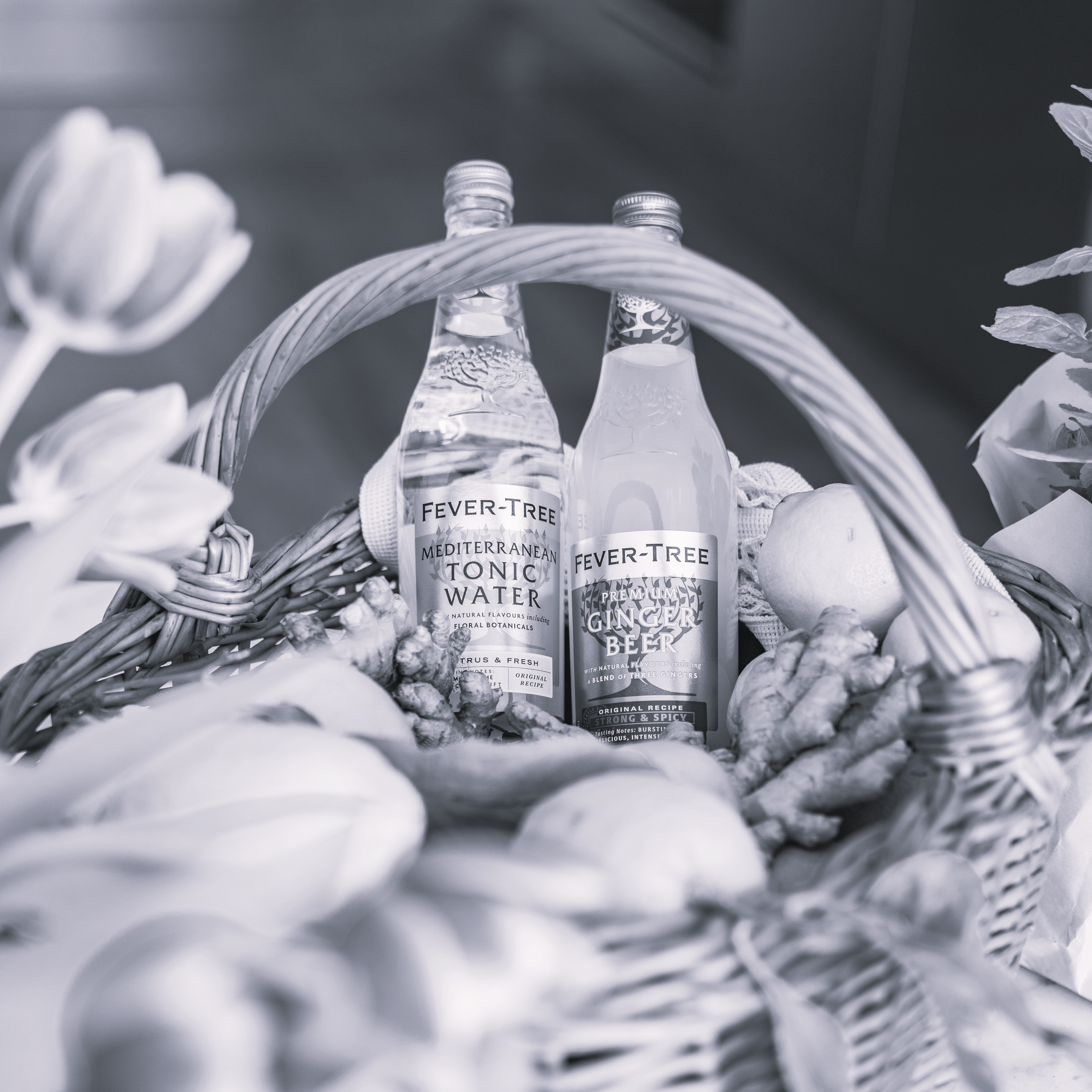Cork that is used in wine bottles is made from the bark that grows on the Cork Oak tree; a medium-sized, evergreen oak tree that is native to southwest Europe and northwest Africa.
The tree forms a thick, rugged and corky bark and over time this bark can be harvested every 9 to 12 years. The harvesting of cork does not harm the tree and a new layer of cork re-grows, making it a renewable resource. The tree is widely cultivated in Portugal, Spain, Algeria, Morocco, France, Italy and Tunisia. Portugal accounts for approx 50% of the world cork harvest.
Cork Oaks live about 200 to 250 years. The first cork cut is from generally 25 year old trees, another 9 to 12 years is required for the second harvest, and a tree can be harvested twelve times in its life. Cork harvesting is done entirely without machinery. The European cork industry employs approx 30,000+ people.
Corks elasticity combined with its near-impermeability makes it suitable as a material for wine bottles. As late as the mid 1600s, French vintners did not use cork, instead using oil-soaked rags stuffed into the necks of bottles.
Approximately 13 billion natural corks are produced each year. After a decline in use as wine-closures due to the increase in the use of alternatives, corks are making a come-back; this increase is due to more wine being sealed with cork rather than being sold in bulk. Top quality corks are expensive, and no matter what the cost, have the risk of containing TCA - cork taint and are susceptible to random oxidation due to their mechanical variability.
A study made public in December 2008 by PriceWaterhouseCoopers, commissioned by cork manufacturer Amorim, concluded that cork is the most environmentally responsible closure, in a one-year life cycle analysis comparison with plastic and aluminium screwcaps. The closure debate is complicated and on-going - 'a little knowledge can be more dangerous than none' - so at the end of the day, have confidence in corks and take each bottle as it comes.
